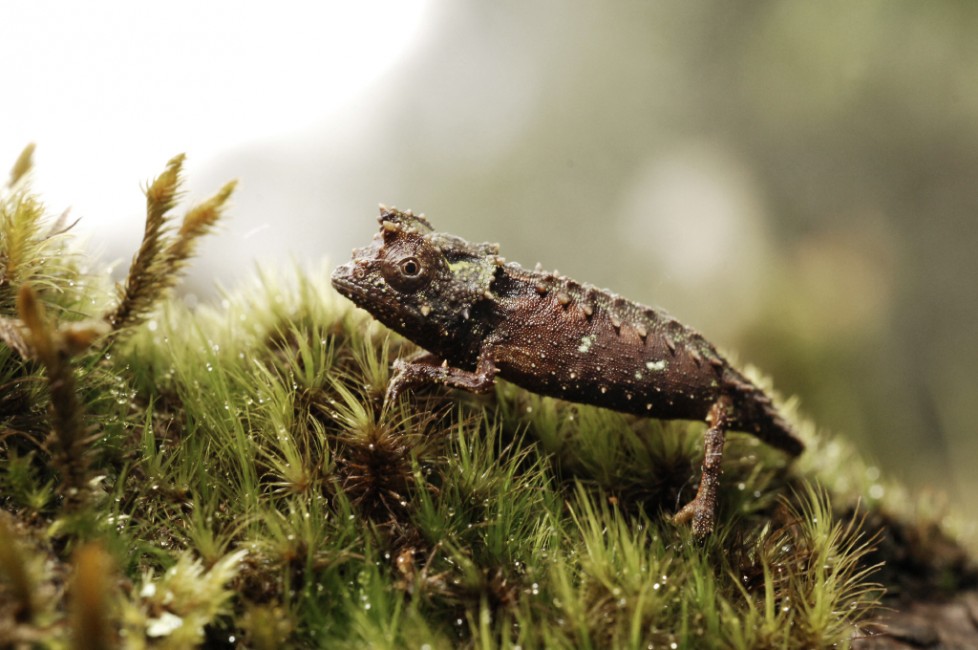
January 12, 2015
The Smallest Chameleon Species in the World
- as seen by -
 Christopher Golden
Christopher Golden
Nosy Mangabe is a special reserve in the heart of the Antongil Bay, a marine area that is central to WCS’s MaMaBay landscape on Madagascar. It is a place of deep spiritual relevance, as it is a burial site for the initial settlers of the region, the Antimaroa.
Personally, it is a place of deep spiritual relevance to me, too, because the rainforest there is some of the most beautiful I have ever seen. My team and I go there at the end of every field season to spend some time together in the forest and the lagoon. While hiking on the trails, we uncovered this tiny stump-tailed chameleon, less than an inch long, underneath the leaf litter.
Madagascar has more species of chameleons than all other countries on Earth combined. In Madagascar, many local people fear chameleons, as they are considered to be a harbinger of witchcraft. However, this one species is not deeply feared. This is because it is quite small, without the visible prehensile tail, and without obvious eyes that can look in separate directions.
The only favorable local story about the chameleon refers to its ability to simultaneously reconcile the past and future – a skill deeply important to local Malagasy, who live out their daily lives in constant recognition of the importance of their ancestors and their history. The proverb concerning chameleons states: Ataovy toy ny amboalava ka todihina ny lasa ary banjinina ny hoavy (Act like the chameleon: one eye looking forwards, one eye looking backwards.)
I think this is also relevant to science: learn from our past mistakes to adapt our work and hypotheses, and look toward the future to what type of impact our work may have on the lives of peoples like the Malagasy.
Nikon D2X
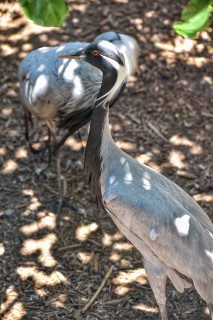
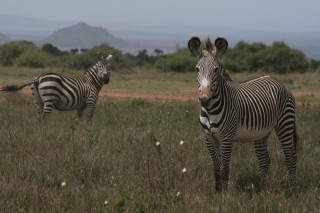
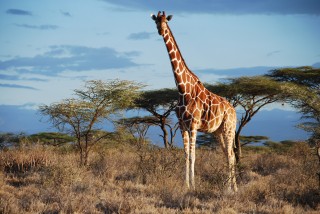
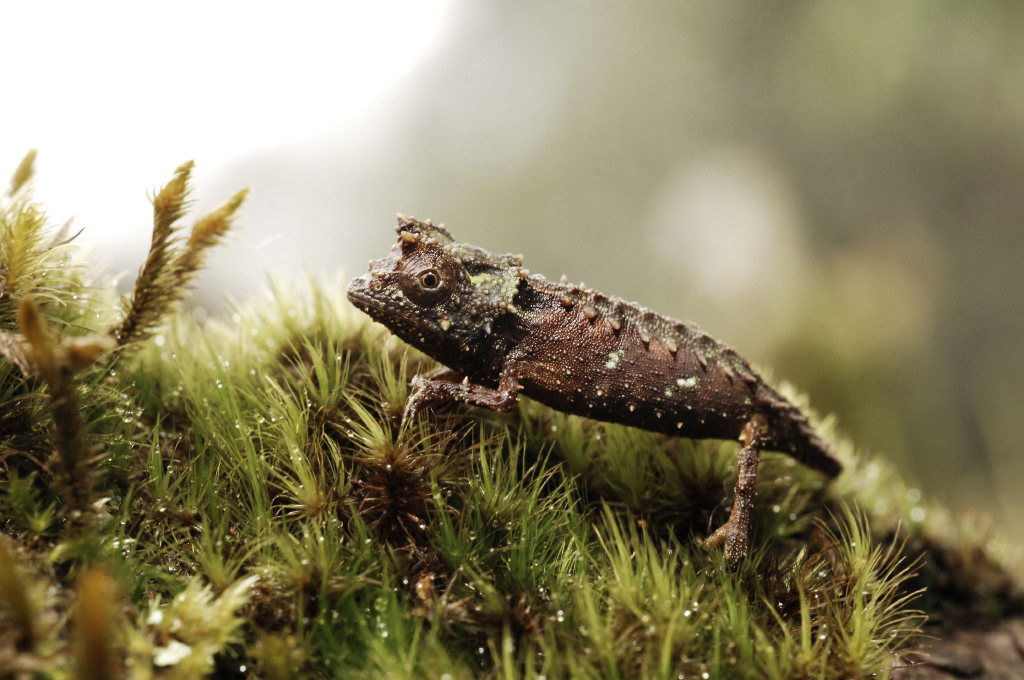
Leave a Comment
Pingback: I’ve Got Your Missing Links Right Here (17 January 2015) – Phenomena: Not Exactly Rocket Science